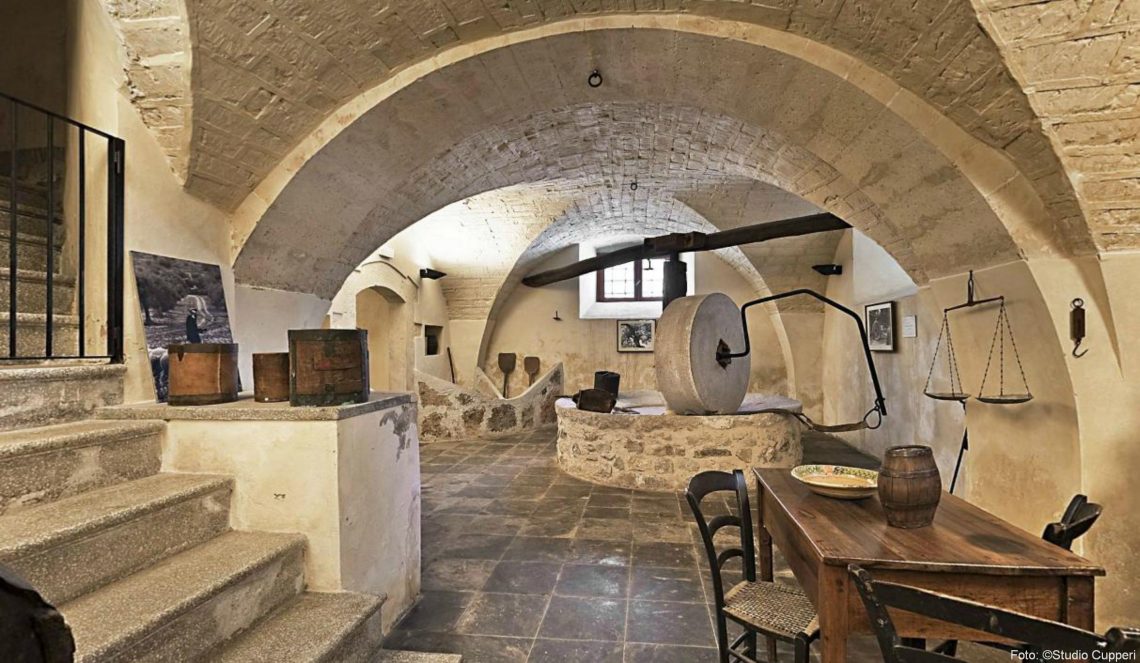Chiaramonte Gulfi is one of the small Sicilian gems, located in the eastern part of the island. The town is known for being called the “Balcony of Sicily”, by virtue of its particular geographical position. From the terrace of the public garden it is possible to enjoy a magnificent view that goes from the mountains to the sea.
Set in the chain of the Iblei Mountains, the ancient city was called Gulfi (from the Arabic “Gul”, meaning “flowered with roses”). On the remains of the city, destroyed by the Angevins in 1299, the count of Modica, Manfredi Chiaramonte, built the new center, hence the new name.
Tourists visiting this little corner of paradise can admire, among other things, the opulence of the Baroque, very characteristic of this area of Sicily. A small city yet full of museums, including that of oil. One of the flagships not only of the area but of all Sicily.
A visit suggested and useful for historical and cultural purposes, as the museum is truly a treasure rich in objects and images from the seventeenth century to today, as explained by Vincenzo Cesareo, Coordinator of the museum management project at the Municipality of Chiaramonte Gulfi.
For the interview visit Piero Pardini Wine reiviews.








